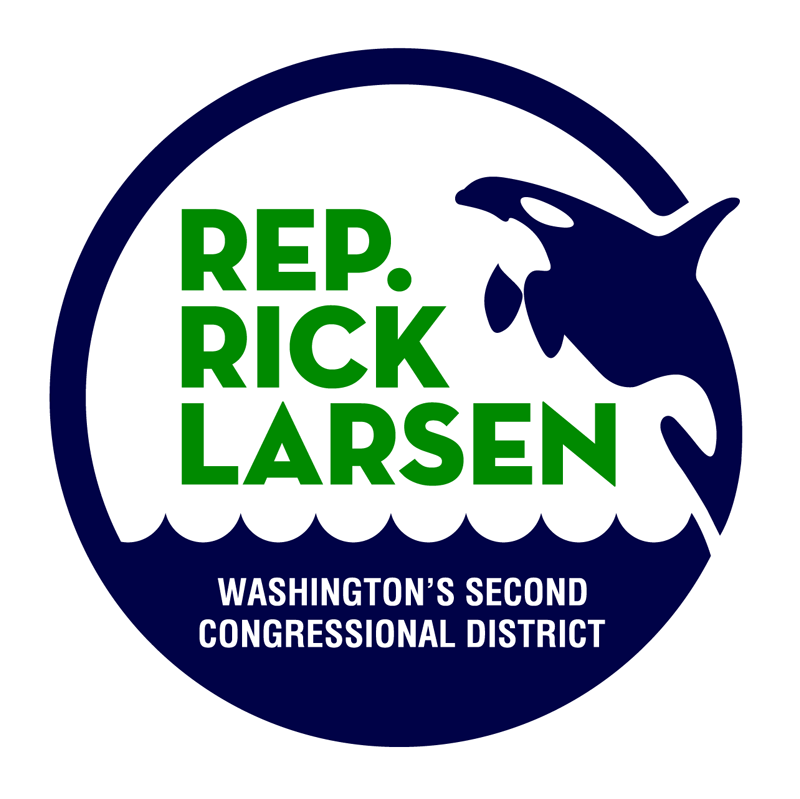Story
Habitat restoration at Howarth Park ready to be enjoyed by public
Washington, DC,
April 22, 2017
Habitat restoration at Howarth Park ready to be enjoyed by public
EVERETT — By the time the beach was remade and the bridge repaired at Howarth Park last year, warm weather already had passed.
Beach-goers now have the chance to enjoy the enlarged waterfront at the city park for the first full summer since 2014.
Snohomish County employees and researchers also continue to track environmental benefits from tons of sand deposited on the beach last year. The work was an attempt to re-create features of the natural environment that have been disrupted for more than a century. Volunteers and researchers are looking both at fish spawning and how the sand is drifting over time.
“Initial monitoring results have shown that forage fish are spawning on the newly created habitat at Howarth Park,” said Kathleen Pozarycki, a county employee who helps oversee the Marine Resource Committee.
More work is needed to gauge long-term success, Pozarycki said.
Contractors dumped more than 22,000 tons of sand last year as part of a $1.2 million habitat-restoration project led by Snohomish County. Crews also placed sand around the outlets for Glenwood Creek, Narbeck Creek and at Powder Mill Gulch.
The work coincided with Everett’s closure of the bridge over the railroad tracks. The beach closure began in May 2015 after an inspection turned up rust and corrosion. The work crews replaced beams, installed a new walking surface and put in new fencing at a cost of about $300,000. The park reopened in September.
As part of the county project, crews removed a rock bulkhead and made other changes intended to have the dual benefits of improving habitat and making the area more accessible.
The main goal was to increase survival rates for fish such as surf smelt, sand lance and herring. Known as forage fish, they are preyed upon by salmon, seals and birds. Forage fish need sand and gravel to spawn. Young salmon also use the shallow coastal waters to avoid predators.
The railroad tracks built along Everett’s coastline in the 1800s blocked the natural migration of sand and gravel toward the water. That had an effect up the food chain.
The county has been collecting sand samples along the beach for several years already, looking for fish eggs. Those results will help reveal any difference after the completion of the habitat work. Monitoring is expected to continue into next year.
The county also is working with the University of Washington to track how sand is drifting along the beach. The UW is analyzing differences between natural and developed beaches elsewhere in Puget Sound.
U.S. Rep. Rick Larsen toured Howarth on Tuesday in part to draw attention to cuts to environmental programs proposed in President Donald Trump’s federal budget. EPA funding focused on Puget Sound would be reduced by more than 90 percent and funding for the National Oceanic and Atmospheric Administration would be cut by nearly 20 percent, Larsen’s office said.
County surface water management director Will Hall said the county has no pending grants that are in immediate jeopardy, if Trump’s budget were to pass. Over the long term, however, losing those dollars could hamper local water-quality and habitat-restoration projects, he said.
|
